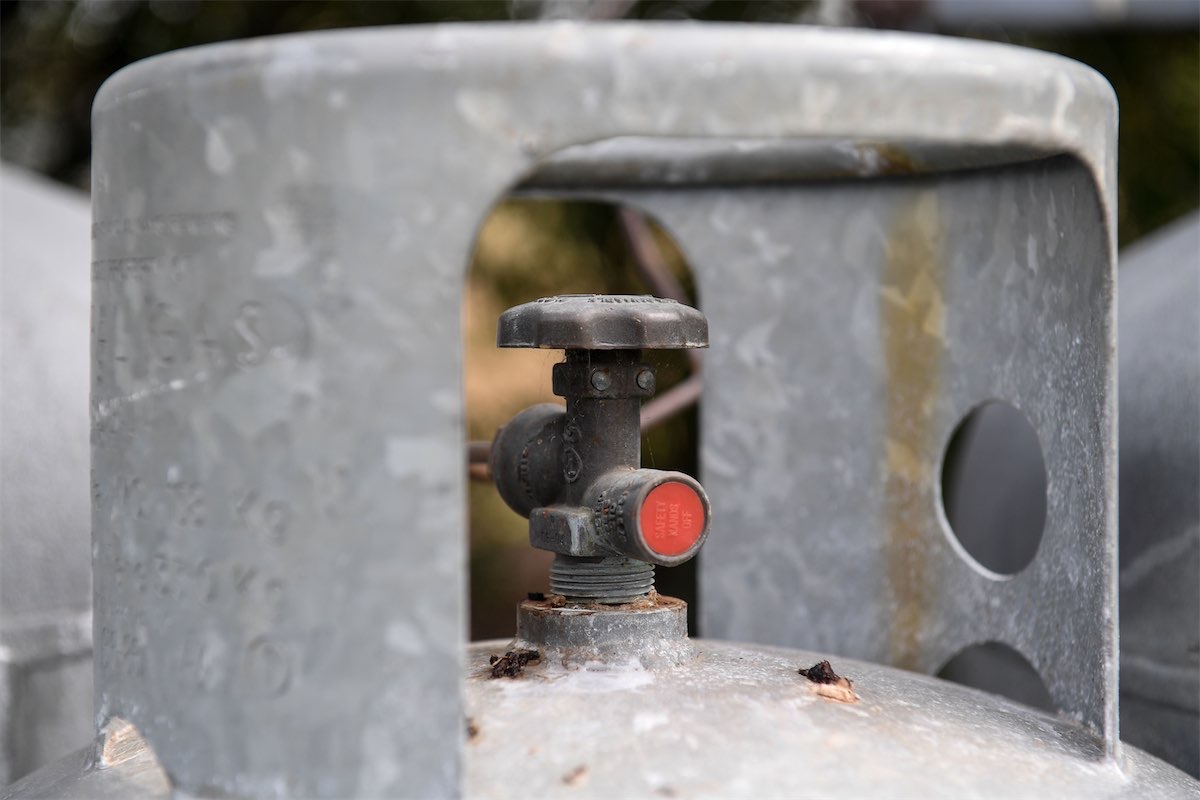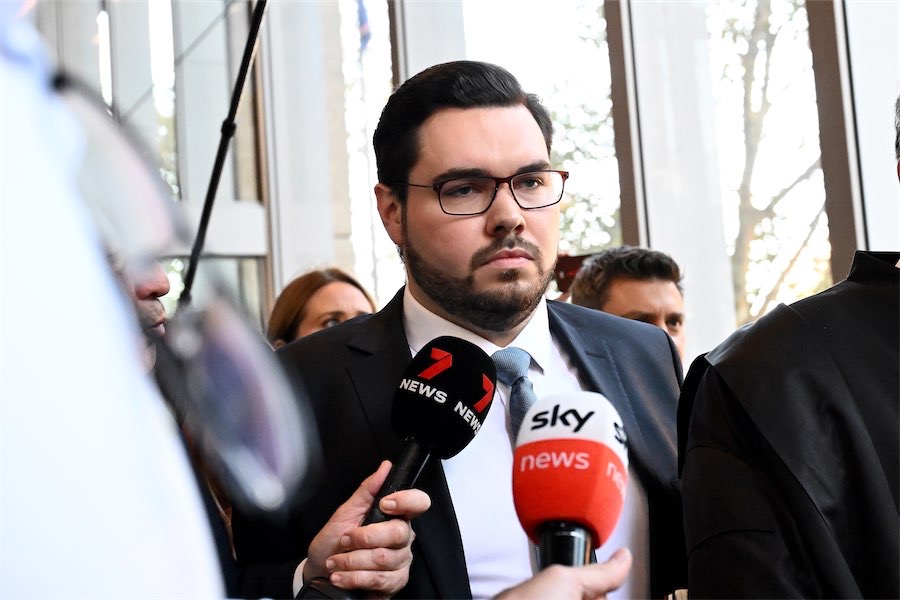
By Marion Rae in Canberra
TURNING off gas and rewiring Australia is a mistake because renewable gases are in the pipeline, industry advocates say.
After pushing liquid petroleum gas (LPG) as a lower-carbon alternative to natural gas and less-polluting than diesel, the industry is ramping up the case for renewable LPG.
It’s a widely used hydrocarbon most people are familiar with in their barbecue gas bottles, and larger cylinders are used by business and industry.
Conventional LPG will be phased out by 2045 and replaced by a renewable version, making electrification an unnecessary hit on the public purse, according to a report released on Monday.
Gas Energy Australia chief executive Geoff Heffernan said renewable LPG will be a simple “drop in” direct replacement for conventional LPG.
Biogas and renewable LPG are potentially zero carbon, depending on the feedstock and sources of energy to make them, and safer to transport than more volatile liquid hydrogen.
“These findings and the pathways identified show that not all gases are the same,” he said.
With more than 20 million LPG cylinders in circulation in hospitality, hospitals, manufacturing, agriculture and for barbecues, camping, boating and hot-air ballooning, he says the need can easily be met without retrofitting everything.
Mr Heffernan said the new form of LPG would relieve pressure on the stretched electricity grid, save on switching costs and prevent blackouts.
Renewable LPG has also emerged as an important energy source for industry, he added.
In aviation, an international program aims to halve the industry’s emissions by 2050 and sustainable aviation fuel (SAF) is one tool available – along with carbon offsets, according to independent global research agency Platts.
Platts has already launched daily market pricing of SAF and hydro-treated vegetable oil (HVO) as refineries ramp up in Europe and Asia.
In Europe, fuel derived from vegetable oils has been used industrially since 2019 and is available in cylinders for families, restaurants and hotels.
The World LPG Association’s pin-up example is a L’Oréal industrial plant in the French countryside that consumes 130 tonnes of LPG a year and switched to bio-sourced LPG in 2018 to eliminate greenhouse gas emissions.
The Pathway to Zero Emissions for LPG report by Frontier Economics was commissioned by Gas Energy Australia and the Australian Gas Industry Trust.
AUSTRALIA’S CLEAN ENERGY TRANSITION PIPELINE
- From 2025, biodiesel and SAF via HVO, available from plants planned in Gladstone (Queensland) and Kwinana (WA).
- By 2030, bioLPG from gasification and the chemical process Fischer-Tropsch which converts carbon monoxide and hydrogen.
- A gas called rDME, which is dimethyl ether, produced from biomass and chemically similar to propane and butane, by 2030.
- By 2035, rDME made from green hydrogen becomes available.
- Also by 2035, synthetically produced LPG with renewable electricity as the key energy source.
- Conventional LPG phased out entirely by 2045.
- By 2050 only “zero/net zero” sources of LPG will be available.
Who can be trusted?
In a world of spin and confusion, there’s never been a more important time to support independent journalism in Canberra.
If you trust our work online and want to enforce the power of independent voices, I invite you to make a small contribution.
Every dollar of support is invested back into our journalism to help keep citynews.com.au strong and free.
Thank you,
Ian Meikle, editor





Leave a Reply